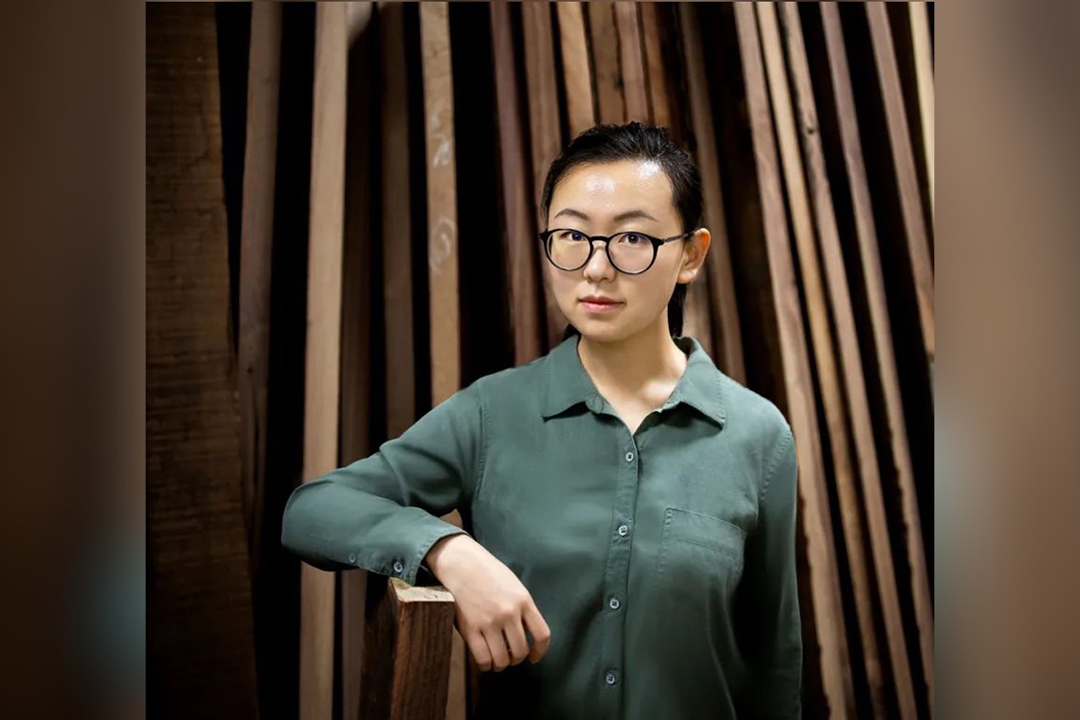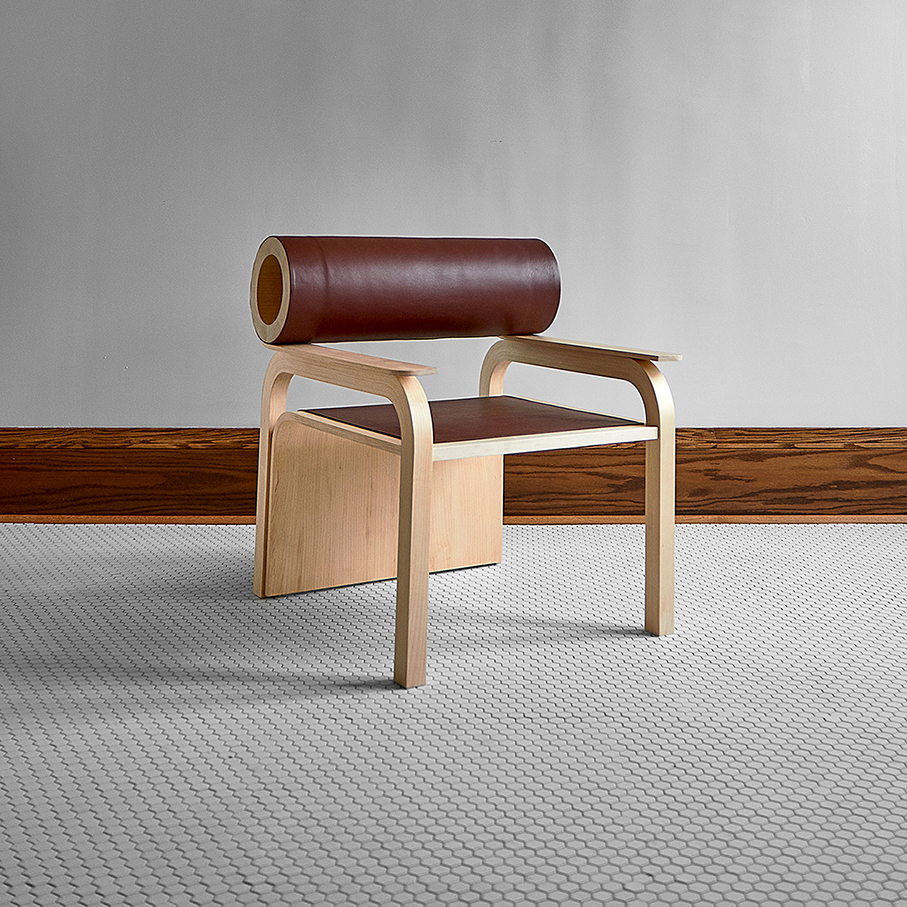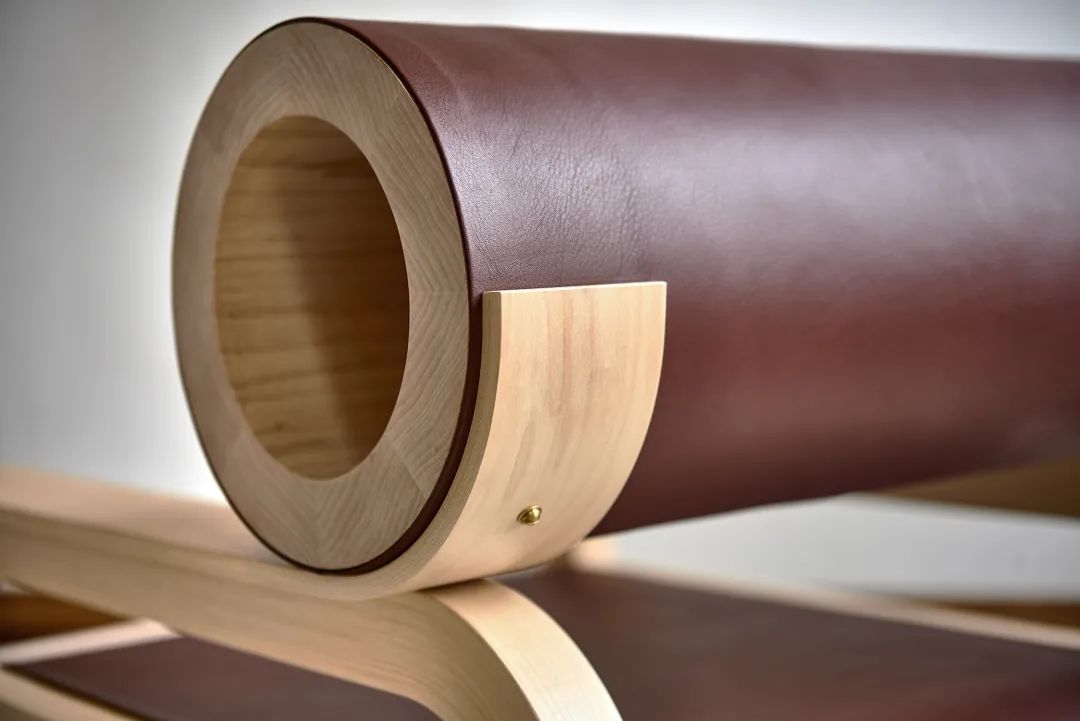Alumni spotlight: Gao Yahui ’20 MFA (Furniture Design)
Gao Yahui '20 came to RIT's Furniture Design MFA program from her native China.
This article was originally published by RIT China: “From the Central Academy of Fine Arts to RIT, she became a furniture designer
Gao Yahui ’20 MFA (Furniture Design) received her bachelor’s degree from the Central Academy of Fine Arts in Beijing, China. Armed with solid theoretical knowledge, she sought a platform to combine theory with practice to enhance her creativity, ultimately choosing to come to the U.S. and enroll in RIT’s Furniture Design MFA program.
"Taking full advantage of resources that school provides can greatly improve our learning and quality of life,” Yahui said.
The harmony between people and furniture and home is the focus of Yahui’s work. The home furnishing products she's designed create an exquisite and cohesive atmosphere, making people think of home — a relaxing, comfortable and happy environment.
Gao Yahui
Below, Yahui shared her experience in the program, detailing how to grow from a knowledgeable student to someone capable of applying creativity in the world and transforming into furniture designer through exercises in different dimensions.
Choosing a graduate school
“My undergraduate degree is from the Central Academy of Fine Arts, where my major was home product design. When I was working on a senior design project, I enjoyed participating in the production of objects with my own hands. I felt the satisfaction of putting the final work on the exhibition site. This is incomparable to the sense of accomplishment brought to me by completing the renderings in front of the screen. When choosing a graduate school, I was attracted by the reputation of RIT in the furniture design profession and the school's emphasis on technical skills and production strategies.”
Research inspiration
“After entering the studio, I found that most of the American graduate students have a background in basic wood production, but I was lacking in practical operations. Coupled with the fact that I am not familiar with some English professional terms and theoretical concepts, it made me particularly stressed.
“I checked materials and pictures on the Internet, and the faculty also recommended many related books for me. These books are mostly available for borrowing in the RIT library. In addition to books on technology and manufacturing, the library also has collections, catalogs and various magazines of designers and artists. I really like the learning environment and atmosphere of the library. There, I can work on research material and my learning efficiency is relatively high.”
Gao Yahui found creative inspiration from the many resources at RIT Libraries.
Defining a path
“After slowly understanding the characteristics of wood, I discovered that wood also has its own language-wood grain. We need to understand wood grain to communicate with it. Different wood textures have different properties. Therefore, when using wood to create furniture, it is necessary to consider the reasonable application of wood grain: the beauty of wood grain shape and the influence of the force of the wood grain direction on the furniture.
“In addition, the structure is also an important part of the furniture. This involves the relationship between the furniture structure and the overall furniture with the characteristics of wood. The optimized structure not only guarantees the strength of the work, but also a way to show the details of the work.
“While the RIT Furniture Design MFA program emphasizes technical expertise, it also allows us to study creative expression freely. It starts with basic courses such as the use and maintenance of hand tools, and then moves on to more advanced processing methods, as well as in-depth exploration of the expression of personal art design language.”
Practice and improvement
“During summer vacation, professors encourage everyone to participate in a workshop at Anderson Ranch Arts Center, which has a close relationship with RIT Furniture Design. A full scholarship is provided to an RIT Furniture Design student, who can freely choose to participate in furniture-related courses.
“I participated in Alternative Woodworking: Wearable Wood, taught by Michaela Stone. My creation is made from wood flakes and vegetable-tanned leather as the main materials. This was my first time dealing with leather, and later I often made small leather objects by myself. This course also laid the foundation for how to use and process leather when making furniture.
“In addition to the summer-study courses at the Anderson Ranch Arts Center, I participated in Haystack Mountain School of Crafts’ collaborative introduction, and also worked as a temporary employee at the American Craft Show in Baltimore, Md. I was also a shop monitor and graduate assistant in the studio. These experiences have enriched my study abroad life and provided me with opportunities to learn about the industry.”
Chair design
"I strived to make this lounge chair (below) the focal point of the space. Like the proud protagonist under the spotlight in a stage play, it is expressive and dramatic. On the basis of ensuring the comfort of the chair, I try to use exaggerated shapes to grab attention.
"The final work uses a cylinder as the backrest, using curved surfaces to better fit the waistline of the human body. The large, curved seat surface and cylindrical backrest of the chair attract people's attention. The brick red leather covering the soft seat surface and backrest enhances the quality and touch of the furniture. It looks tough, but the backrest filled with soft packs fully satisfies the comfort when leaning."
Chair design by Gao Yahui
Detail of Gao Yahui's chair design

















